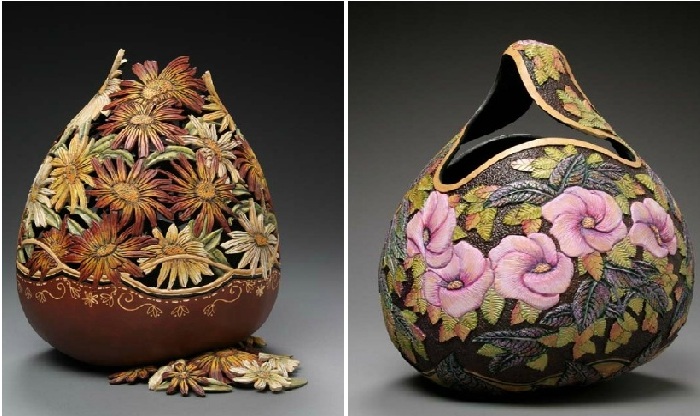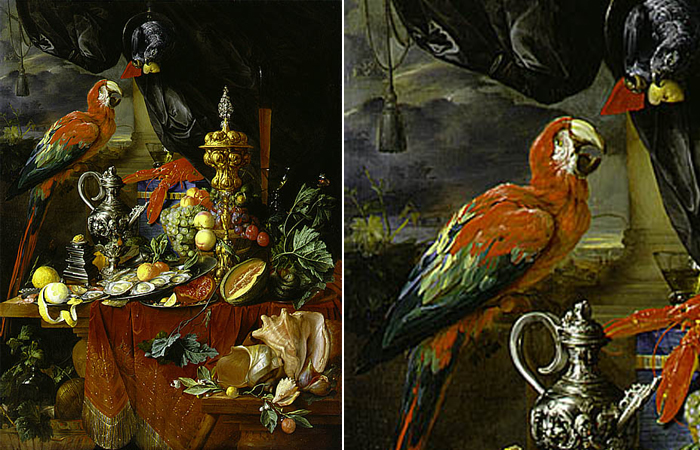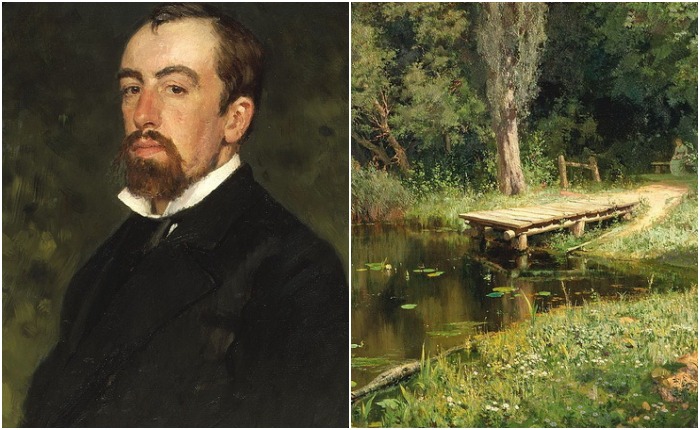before breaking
What are the secret meanings of the image of a parrot in the paintings of great artists of different eras
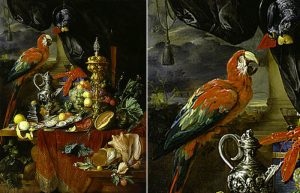 For artists of the Gothic, Early Renaissance and High Renaissance, birds were part of a rich visual symbolism. In a society with limited literacy, allegorical images were vital for the spiritual enlightenment and education of ordinary people. For many centuries, artists assigned special roles to the images of parrots on their canvases. First of all, this is caused by the unusual features of parrots: their spectacularly colored plumage and the ability to imitate human speech. What is the hidden meaning of this bird?
For artists of the Gothic, Early Renaissance and High Renaissance, birds were part of a rich visual symbolism. In a society with limited literacy, allegorical images were vital for the spiritual enlightenment and education of ordinary people. For many centuries, artists assigned special roles to the images of parrots on their canvases. First of all, this is caused by the unusual features of parrots: their spectacularly colored plumage and the ability to imitate human speech. What is the hidden meaning of this bird?
Since the Middle Ages, the parrot has been an attribute of the birth of Christ by the Virgin Mary or acted as a witness to the fall. It has also been noted as the pet of wealthy families. This bird was more noticeable in the Dutch scenes of ordinary life. The parrot often appears in still lifes and portraits, sometimes posing as people or replacing them, playing the role of a woman’s beloved or taunting the stupidities of human behavior. Continue reading
What snacks are hidden by “Madonna della Loggia” Botticelli
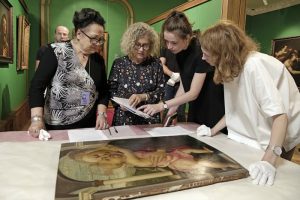 Madonna della Loggia, one of the most discussed works by Sandro Botticelli, will leave his native Uffizi and go on a tour of Russia with three stages:
Madonna della Loggia, one of the most discussed works by Sandro Botticelli, will leave his native Uffizi and go on a tour of Russia with three stages:
– from September 4 to 5, Madonna has already visited the Eastern Economic Forum in Vladivostok,
– from September 8 to November 6, it will be presented in the Primorsky State Gallery (also in Vladivostok),
– and, finally, from November 17, 2019 to February 16, 2020, the Madonna can be seen at the Hermitage in St. Petersburg.
Madonna dates back to the period when Botticelli, as a young man, left the workshop of Filippo Lippi (circa 1467) and went to the workshop with Andrea del Verrocchio, another great master who played an important role in his training. Continue reading
Did Leonardo da Vinci have a second Mona Lisa: The Riddles of the “Iselworth Mona Lisa”
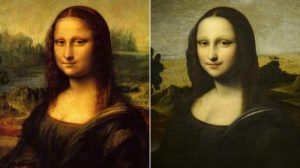 For many decades, there has been debate about whether the Iselworth Mona Lisa is a genuine, earlier version of Leonardo da Vinci’s most famous work, which attracts millions of visitors to the Louvre every year. The opinions of experts, however, vary greatly.
For many decades, there has been debate about whether the Iselworth Mona Lisa is a genuine, earlier version of Leonardo da Vinci’s most famous work, which attracts millions of visitors to the Louvre every year. The opinions of experts, however, vary greatly.
“Mona Lisa”
The portrait of the mystery woman Mona Lisa (or “Mona Lisa”) is the most famous creation of European painting. The canvas is a female waist portrait. A lady sits on the terrace against the backdrop of a foggy landscape. Her shoulders are turned three quarters, her right hand rests on her left (this position of the crossed arms corresponds to all the rules of decency), the smile is barely perceptible, and her eyes look at the viewer. It is traditionally believed that this is a portrait of Lisa Gerardini, wife of the wealthy Florentine merchant Francesco del Giocondo (hence the second name of the picture). Continue reading


